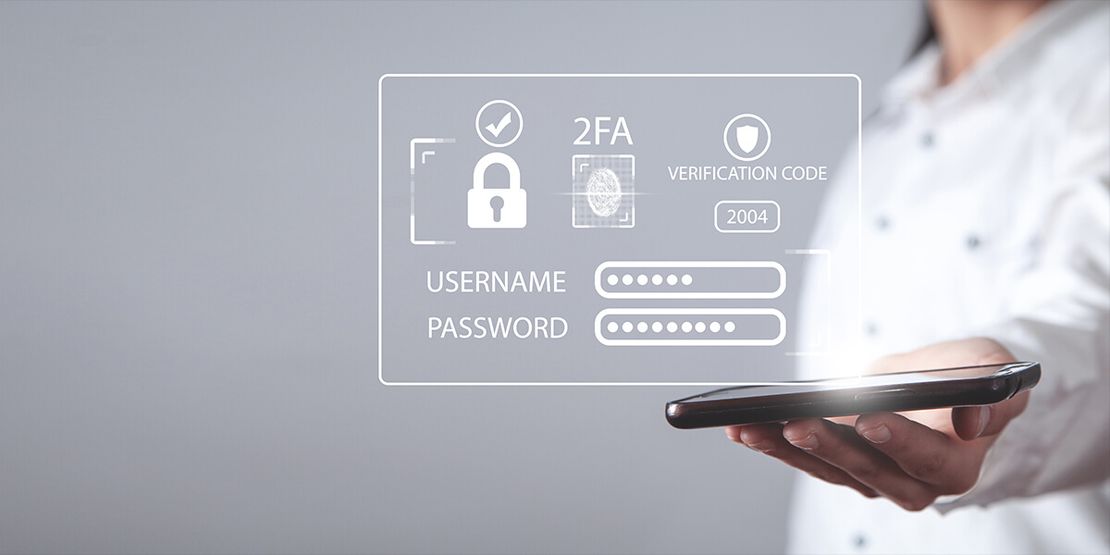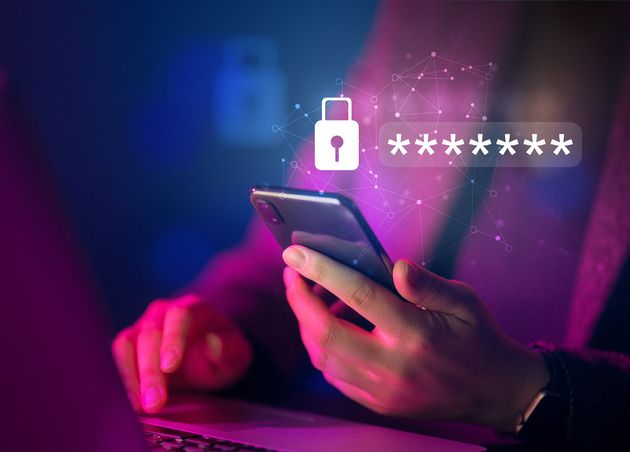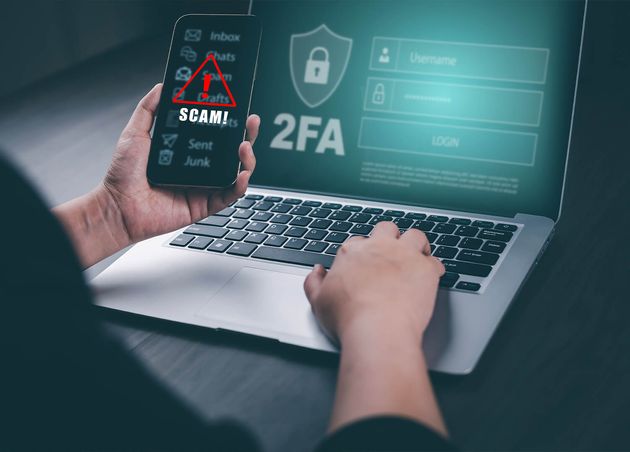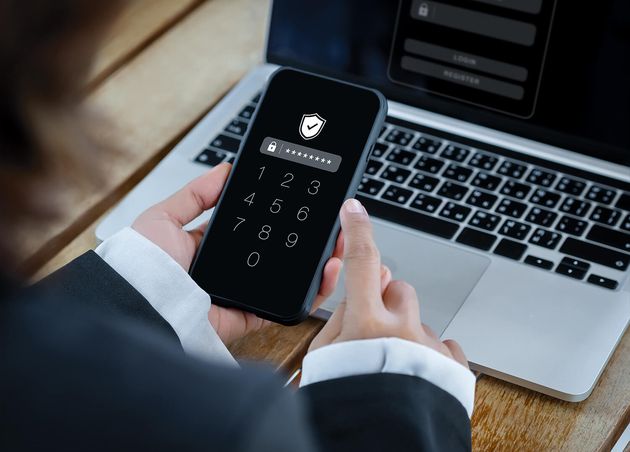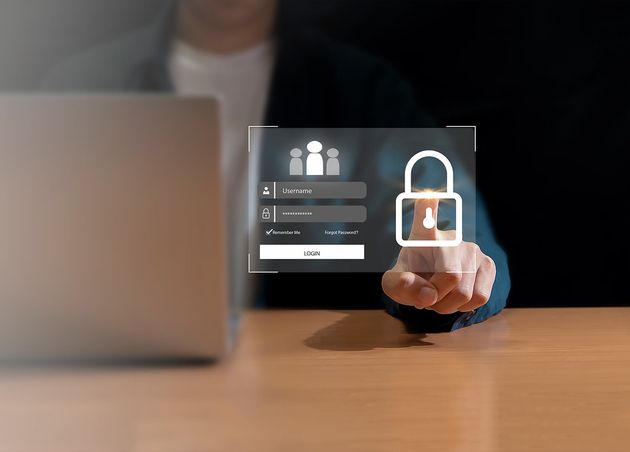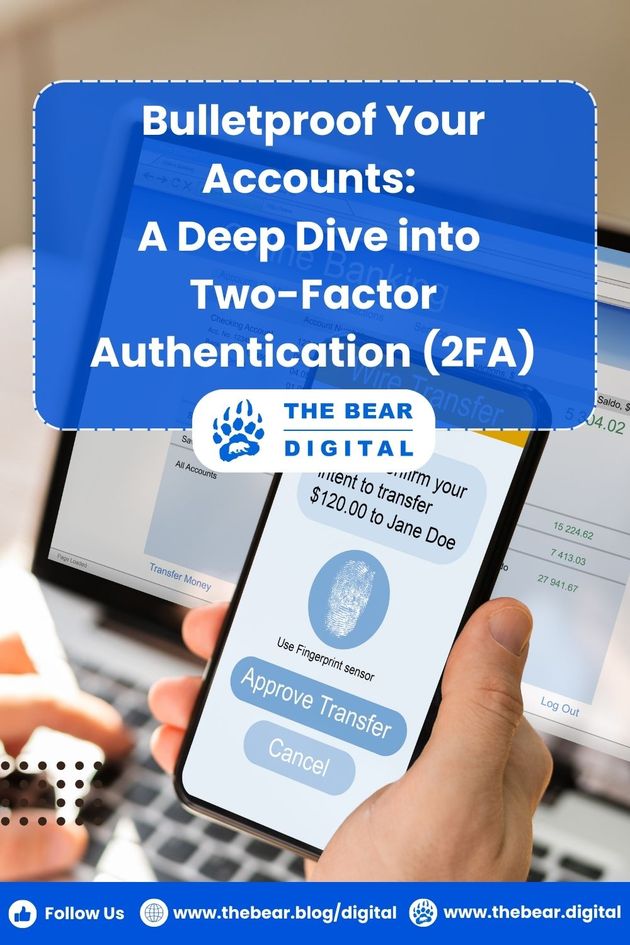Bulletproof Your Accounts: A Deep Dive into Two-Factor Authentication (2FA)
In today's rapidly evolving digital world, where data breaches and cyberattacks have become alarmingly frequent, safeguarding sensitive information could not be more significant. This is where the concept of Two-Factor Authentication (2FA), sometimes called dual-factor authentication, emerges as a robust guardian of online security.
Think of 2FA as a digital bouncer stationed at the virtual entrance to your personal or professional accounts. It demands not just one but two distinct forms of identification before granting you access.
This unique pair of authentication methods could include something you know, like a password, and something you have, such as a smartphone or a security token. By fortifying the traditional password-based approach with this additional layer of authentication, 2FA raises a substantial barrier against unauthorized access, making it significantly more challenging for cybercriminals to breach defenses and steal valuable data.
Essentially, 2FA is comparable to a robust vault within your digital space, a critical defense for today's internet users.
How Does Two-Factor Verification Function?
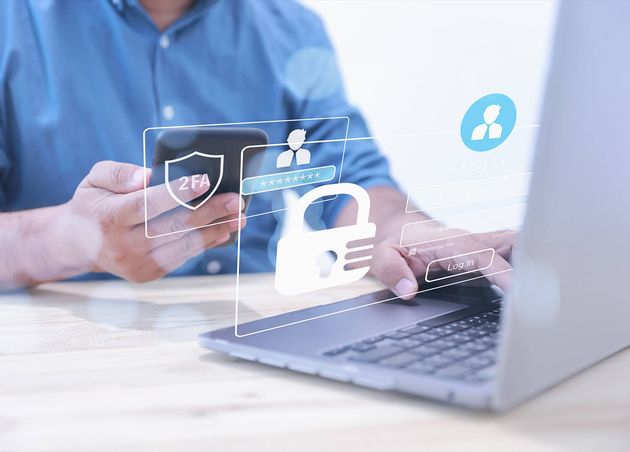 The key idea behind 2FA, which stands for Two-Factor Authentication, is refreshingly simple yet incredibly effective in enhancing security. In a world where digital threats loom larger than ever, 2FA adds an extra layer of protection by cleverly intertwining multiple elements to verify your identity. Here's the breakdown:
The key idea behind 2FA, which stands for Two-Factor Authentication, is refreshingly simple yet incredibly effective in enhancing security. In a world where digital threats loom larger than ever, 2FA adds an extra layer of protection by cleverly intertwining multiple elements to verify your identity. Here's the breakdown:
- First, you have the familiar element of something you know, often your trusted password. The digital secret handshake grants you access. But here's where 2FA gets clever - it couples this information input with another layer of security.
- This second layer revolves around something you have. This can be a physical item, like a hardware token that generates temporary codes, or even a sophisticated smartphone app that syncs with your accounts.
- But wait, there's more! The inclusion of something you are - your unique biological traits. This includes your fingerprint, as distinct as your identity, or other complex biometric data uniquely yours. These elements blend together like an orchestra, ensuring that the valid owner of the account gains entry.
A typical example of two-factor authentication in online security can be seen in the typical website logging process. After initiating the login process, you are initially prompted to enter your password, which serves as something you know. Once this primary authentication step is successfully completed, an additional layer of security is introduced.
A unique verification code is going to be sent out to your personal mobile device, representing something tangible that you genuinely possess. To gain full access, you must enter this code, thus reinforcing the authentication process by combining knowledge and possession factors.
The three general categories of 2FA can be classified as follows:
- Knowledge Factors: These are factors the user knows, such as a password, PIN, or the answer to a security question.
- Possession Factors: These are something the user has, like a credit card, a smartphone, or a hardware token.
- Inherence Factors: These are something the user is, or biometric factors, such as a fingerprint, a retina scan, or even a voice pattern.
💻 Tech fact
2FA can significantly lessen the risk of account compromise. A study by Google found that 2FA can reduce the risk of account compromise by up to 99%.
Categorization of 2FA Methods
- Confirmation from SMS
- Confirmation from Email
- Confirmation from Applications like Google Authenticator
- By Hardware Tokens
- Through Biometric Check
Hence, by understanding various categories of 2FA methods, any user can select the most suitable option for their needs, balancing convenience and security based on their individual preferences and the sensitivity of the accounts they are protecting.
How Does 2FA Support IT Security?
The implementation of two-factor authentication (2FA) brings significant advancements in IT security across different aspects:
- Enhanced Complexity for Adversaries
- Two-factor authentication introduces a heightened level of complexity for potential attackers.
- Even in the event of a hacker successfully acquiring your password, accessing your account remains a formidable task without possessing the requisite second factor, which can prove to be a substantial challenge to obtain.
- Mitigated Vulnerabilities to Data Breaches
- By seamlessly incorporating an additional layer of security, Two Factor Authentication significantly reduces the vulnerability to data breaches, thereby establishing a robust defense perimeter around invaluable sensitive data.
- Safeguards Digital Identity
- Incorporating two-factor authentication is a robust safeguard for your online identity, thwarting any attempts at identity theft.
- In a scenario where a malicious actor obtains a portion of your personal information, their aspirations to impersonate you are immediately thwarted due to the essential requirement of the second factor for authentication.
Practical Suggestions for A Successful Two-Factor Authentication (2FA)
- Choose a Reliable 2FA Method
While SMS and email verifications are straightforward to set up, they can also be vulnerable to interception attempts by malicious actors. For enhanced security, consider using app-based or hardware token verifications. Among these options, biometric authentication stands as the most robust and resilient. - Promote User Awareness
Focus on educating your users about the importance of 2FA and how to use it correctly. This extends to conveying the significance of not sharing 2FA codes with anyone and avoiding storing them in insecure or easily accessible locations. - Maintain Ongoing Security Updates
The realm of cybersecurity is in a constant state of change, with new threats emerging regularly. It is, therefore, crucial to refresh and fine-tune your chosen 2FA strategies consistently. This proactive approach ensures the continuous fortification of your security measures to guard against the latest vulnerabilities.
💻 Tech Trivia
The name "two-factor authentication" comes from the fact that it requires two factors to authenticate a user: something the user knows (e.g., a password) and something the user has (e.g., a security token).
Why is Two-Factor Authentication (2FA) Important?
In a digital landscape where data security and personal information threats have become increasingly sophisticated and unavoidable, Two-Factor Authentication (2FA) has emerged as a critical defense against unauthorized access. As we've explored in this article, the multi-faceted benefits of 2FA extend far beyond the traditional username and password paradigm, offering an additional layer of security that remarkably reduces the risk of data breaches, identity theft, and unauthorized account access.
From a security perspective, 2FA is a substantial defense mechanism, combining convenience with robust security. While the traditional username-password model remains vulnerable to hacking techniques and social engineering attacks, 2FA introduces an additional layer of verification that isn't easily compromised. From the relatively simple SMS verification to the more advanced biometric authentication, the diverse array of 2FA methods caters to different user preferences and technological environments, ensuring a tailored approach to security.
However, the effectiveness of 2FA extends beyond mere technological fortifications. It fosters a sense of ownership and user engagement, empowering individuals to play an active role in safeguarding their digital identities. As we've discussed, educating users about the importance of 2FA and best practices for its implementation is crucial in enhancing overall security. This shared responsibility between service providers and users effectively creates a more robust online environment where the ability to thwart digital threats is firmly placed in the hands of the end user.
In our world, where digital threats continually evolve, the importance of regularly updating security measures cannot be overstated. The dynamic nature of the digital landscape demands a proactive approach to strengthening defenses against new vulnerabilities and exploits. By consistently revisiting and enhancing 2FA strategies, organizations can stay ahead and go beyond of any potential threats and maintain a steadfast commitment to protecting user data.
Two-factor authentication is undeniably more than an extra step during the login process; it represents a shift toward heightened digital security and user empowerment. As technology continues to weave its intricate web through every aspect of our lives, implementing 2FA is a beacon of strength in an ever-changing landscape.
By embracing the principles of reliability, education, and adaptability, individuals and organizations alike can build a safer and interconnected digital future. With 2FA as a foundation, we embark on a journey where protecting our virtual presence is not just a duty but a shared endeavor, ultimately shaping a more secure and resilient digital world for years to come.
Recommended for you
Thinking Outside the Blog: Guerrilla Marketing Strategies for Bloggers
Virginia Summers (Influencer Bear)


